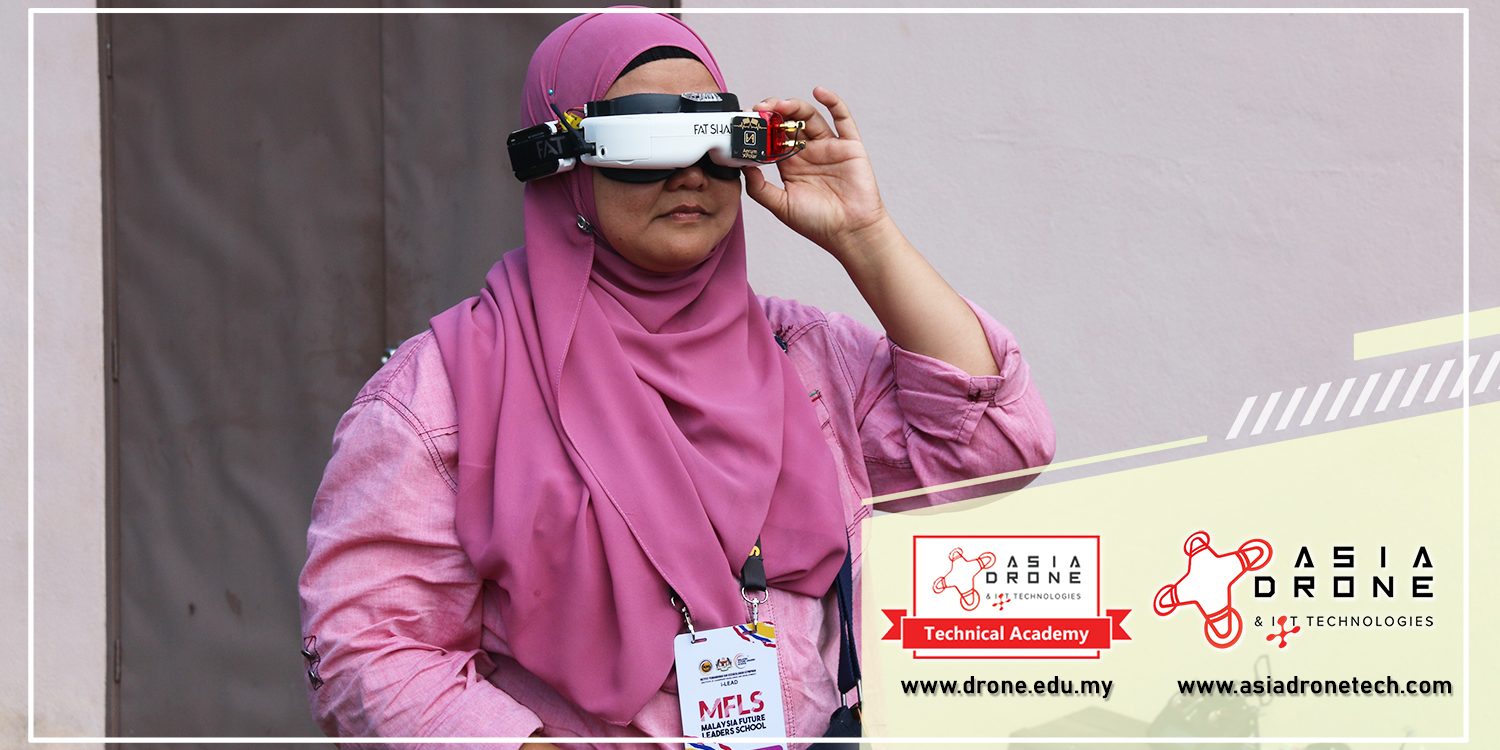
Entertainment isn’t just a huge part of people’s lives, it’s also a massive industry that’s worth trillions!
Sports, shows, games…
The business of entertainment has led to a demand for different mediums as well as platforms.
However, the future appears to be ushering in a very new and unique strand of entertainment channels. Developments and innovations in technology are here to enhance experiences. An exciting and engaging new competitive sport, drone racing, (which resembles an interesting blend of F1 racing and esports) is seeping into the collective consciousness.
What exactly is drone racing? How does it work and why is it worth considering?
Fast and furious
Yes, we live at a time where drone racing can be considered a sport of sorts. Participants control drones equipped with cameras and compete on piloting skills and the speed of their drones.
You may have seen drone racing in its more common incarnation. Loads of little flying machines zoom past each other and around a track with lit loops in the air. Pilots have to guide their drones with seemingly fighter pilot like precision and go through each loop in sequence until the finish line is crossed.
It’s a high-speed ride filled with exhilarating turns and twists. There’s been a visible amount of growth in the industry and now, tournaments are held in massive indoor stadiums as well as outdoor platforms designed specifically for the event. Commentators do their thing as pilots battle with each other during intense rounds of lighting fast action.
Teams have been formed. They wear slick jerseys and celebrity racers have been rewarded with hefty sponsorship deals.
Big opportunities, big money
The story of drone racing is very similar to that of esports. They both began as seemingly insignificant ways to kill time and ended up growing into huge industries with cultures and communities as well as career opportunities.
Drone racing platforms like Drone Racing League and DR1 Racing duel to capture a larger share of the market, while sponsors have focused their attention on the potential of the masses that frequently watch such tournaments. It’s been said that big brands like Mountain Dew have entered the drone racing scene, spending roughly seven-figures to associate themselves with the sport. DHL is another big title sponsor that joined forces with DR1 Racing not too long ago.
This all adds up to opportunities for champions to earn big. Luke Bannister, a top-ranked drone pilot is allegedly bringing in an income of six-figures from sponsorships (according to DR1 Racing founder Brad Foxhoven). Earnings from actual events are excluded from this amount, with some cash prizes totalling up to $250,000 for a single tournament win!
Sign me up! What does it take?
In order to succeed and thrive in this sport, team effort certainly does come into play. While drone racers rely primarily on headsets, joysticks and hand-to-eye coordination to control their drones, the drones themselves are produced and designed by expert technicians. These machines should be in tiptop form so upgrades are often carried out.
Racers train extensively before each tournament. A whole host of technical and theoretical facets should be learnt before going toe-to-toe with veteran pilots in the sport.
Who says being a drone pilot has to be boring? It can be an extremely exciting and rewarding career path. Just look at drone racing. As with many other things in life, practice and hard work should be part of your vocabulary as you make your way towards victory. If you’re a new racer hoping to join the big leagues, stay sharp, determined and don’t veer from your path. Discipline is important in just about any sport.
Asia Drone IoT Technologies lets you leverage the incredible power of drone technology for career advancements, industry applications, and learning. Find out more about:
Solutions at asiadronetech.com
Recent engagements at our Facebook page
Training programmes at drone.edu.my









Thanks for sharing these tips. It’s really a helpful article especially for those who are planning to join the drone community.